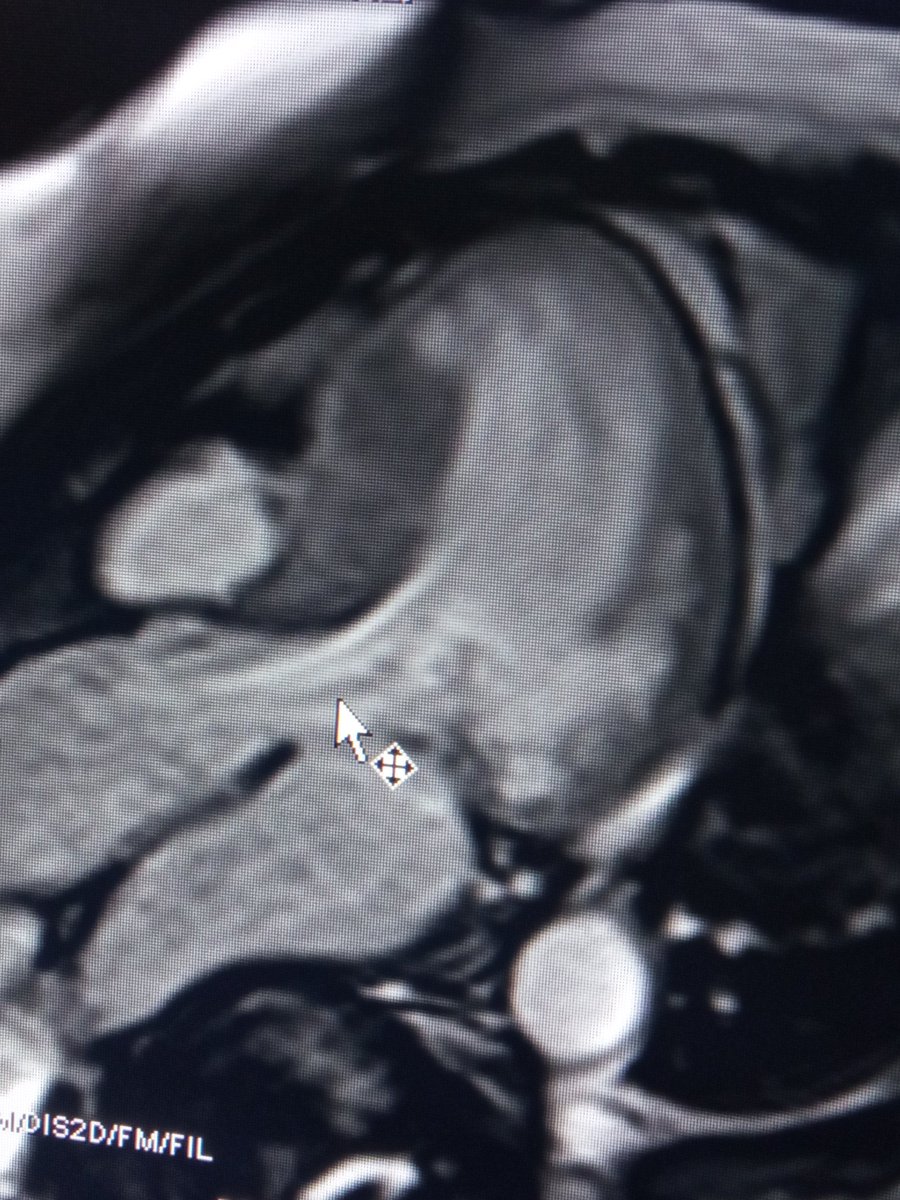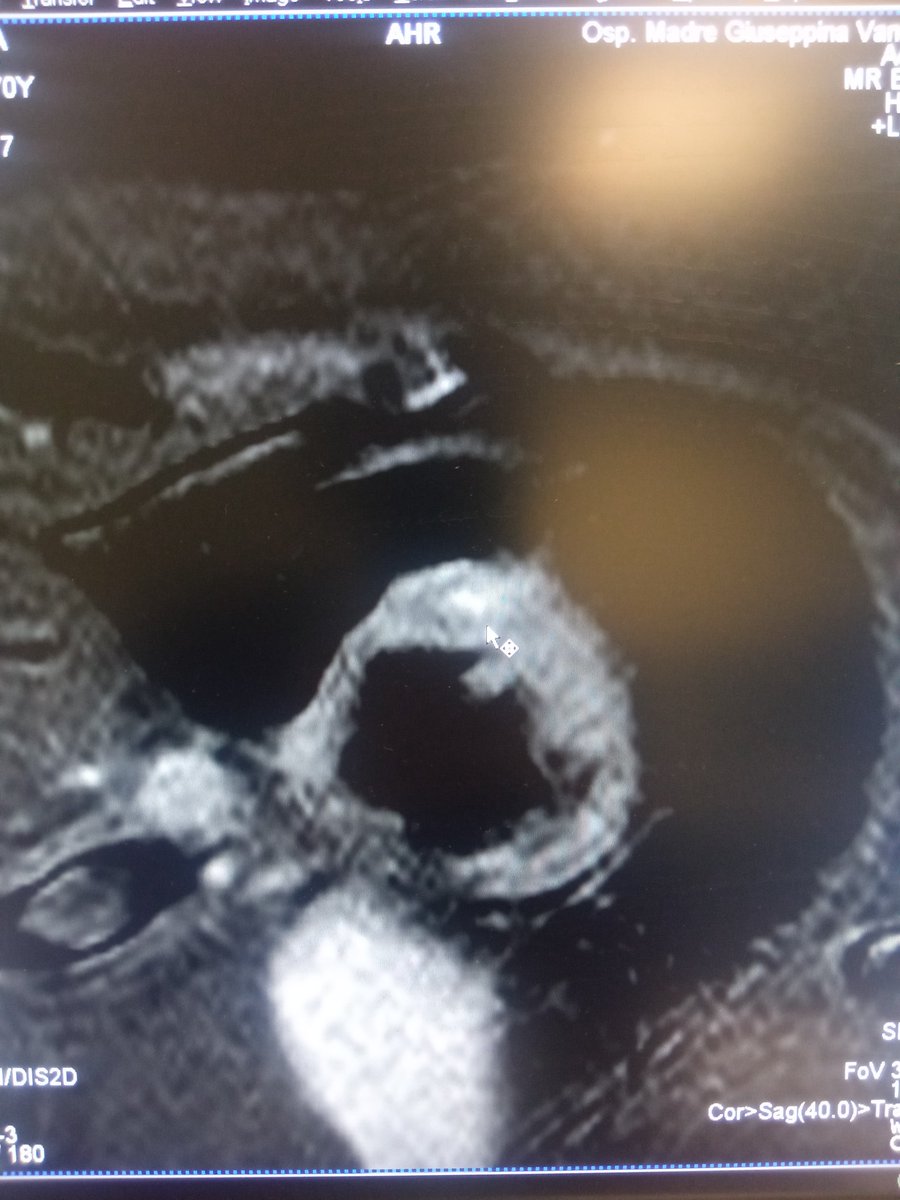Just published on @SciReports: disq.us/t/3qzu3fo,
Role of dyspnea at presentation in #Takotsubo. Thanks to
@FraSantoroMD @beamusumeci1 @lucarlimite @IngoEitel. Here it follows some considerations.
Role of dyspnea at presentation in #Takotsubo. Thanks to
@FraSantoroMD @beamusumeci1 @lucarlimite @IngoEitel. Here it follows some considerations.
1- Dyspnea was associated with both worse in-hospital and long-term outcome. Similarly described in AMI (ref #12 and #13) in which heart failure symptoms at presentation might reflect wider myocardial damage. Why is it so even for a “transient” condition such as #Takotsubo?
2- Dyspnea was independently associated with both higher cardiac impairment and comorbidity burden, intuitively linked to the worse prognosis in the acute phase. And long-term, after recovery of cardiac function? We tried to give two possible explanations (just hypothesis).
3- First, despite recovery of ejection fraction, #Takotsubo might lead to long-term cardiac damage, at least in some patients (nice #WhyCMR studies by @dana_dawson16
and colleagues, ref #31 #32 #33).
and colleagues, ref #31 #32 #33).
4- Dyspnea at presentation might identify those in which uncomplete recovery could influence prognosis in the chronic phase: in the future, it would be interesting to investigate the prognostic relevance of #NativeT1 #WhyCMR in these patients @dana_dawson16 @v_puntmann @GoetheCVI
5- However, mortality in #Takotsubo is mainly driven by non-cardiovascular events (comprehensively described by
@ibnsky and colleagues in heartfailure.onlinejacc.org/content/6/11/9…).
@ibnsky and colleagues in heartfailure.onlinejacc.org/content/6/11/9…).
6- Hence, additionally, dyspnea could be the presenting symptom of those higher vulnerable patients (reads: highly comorbid) in which acute functional abnormalities of #Takotsubo lead to an “expressed heart failure phenotype”, otherwise not detectable.
7- In the chronic phase, cardiac function largely recovers, but higher comorbidity burden still exerts its action on prognosis: KM curves progressively diverge across years.
8- These hypotheses would need to be confirmed by specific studies. As for now, our data from >1000 patients would encourage assessment of symptoms at presentation in #Takotsubo to aid risk-stratification.
• • •
Missing some Tweet in this thread? You can try to
force a refresh







